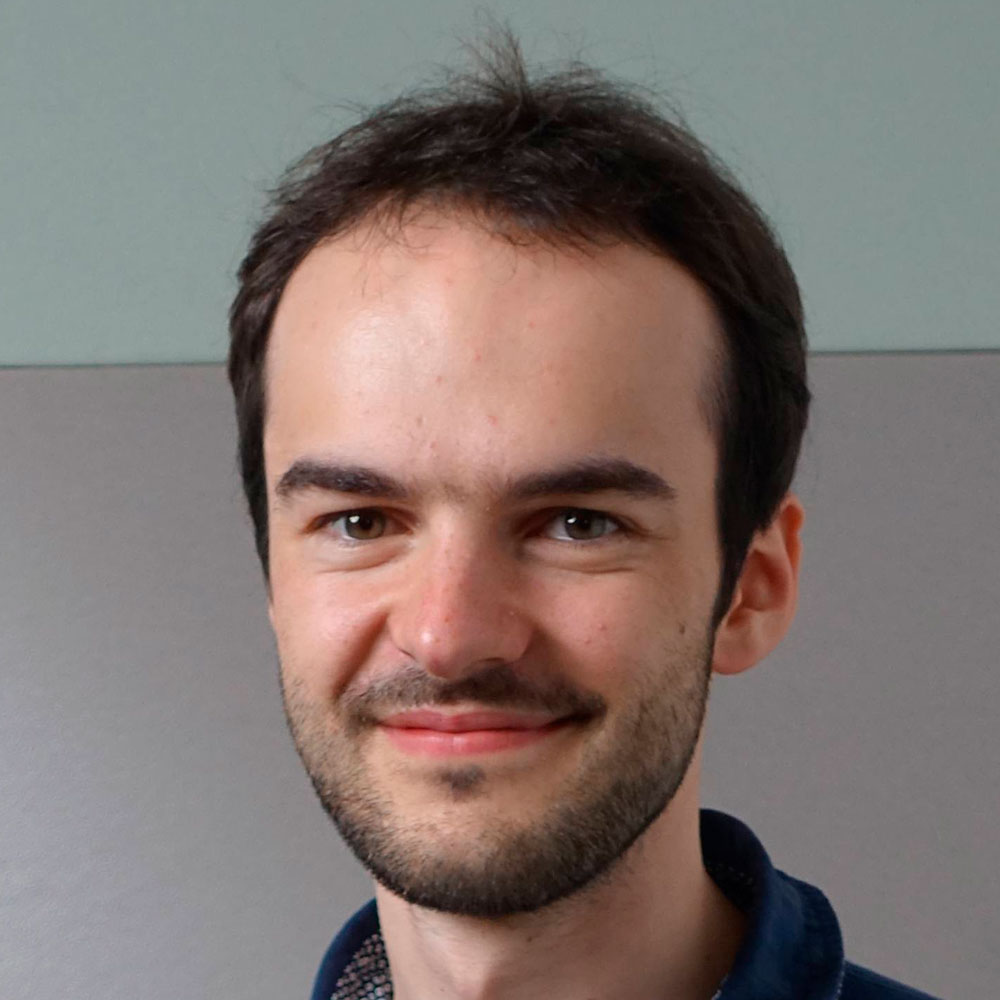-
This project has received funding from the European Union’s Horizon 2020 research and innovation programme under grant agreement No 955923
MARIE SKŁODOWSKA-CURIE ACTIONS Innovative Training Networks (ITN) Call: H2020-MSCA-ITN-2020

The goal of the project is to extend the research into high-order CFD (computational fluid dynamics) solvers as applied to complex industrial configurations. CFD is used in order to predict the flow of a fluid around or inside a body. This is used in F1, aircraft design, etc… in order to make the designs more aerodynamic (more aerodynamic => more fuel efficient). Experimental measurements in a wind tunnel would be an alternative way of making flow predictions. However, manufacturing models and testing them in a wind tunnel is far more expensive than designing the body (e.g. aircraft wing) with a CAD software and then running a simulation with a CFD software.
However, current CFD solvers are not always reliable in certain flow configurations such as separated flows. The PhD student will be working on high-order CFD solvers, which as it name suggests is a class of CFD solvers that theoretically provide higher accuracy then traditional methods currently used for industrial designs. With the exponential growth of computational resources, previously intractable problems can now be solved numerically. With HPC (high performance computing) and GPUs becoming more readily available, high-order solvers are well suited to get a significant benefit from the additional computational resources. As stated before, by being able to solve some of these problems numerically and accurately, the reliance on wind tunnel testing can be decreased and the design process can be made cheaper and faster. We can therefore obtain a more optimal design, at constant cost.
The PhD student will be implementing several mathematical tools to obtain a solution in a shorter amount of time, exploiting GPU capabilities. Industrial applications will be focused on aircraft configurations, such as the XRF1 model from Airbus, as well as the front wing of a Formula 1 car., from McLaren.














SSeCoID | Stability and Sensitivity Methods for Flow Control and Industrial Design
MARIE SKŁODOWSKA-CURIE ACTIONS | Innovative Training Networks (ITN)
Call: H2020-MSCA-ITN-2022
